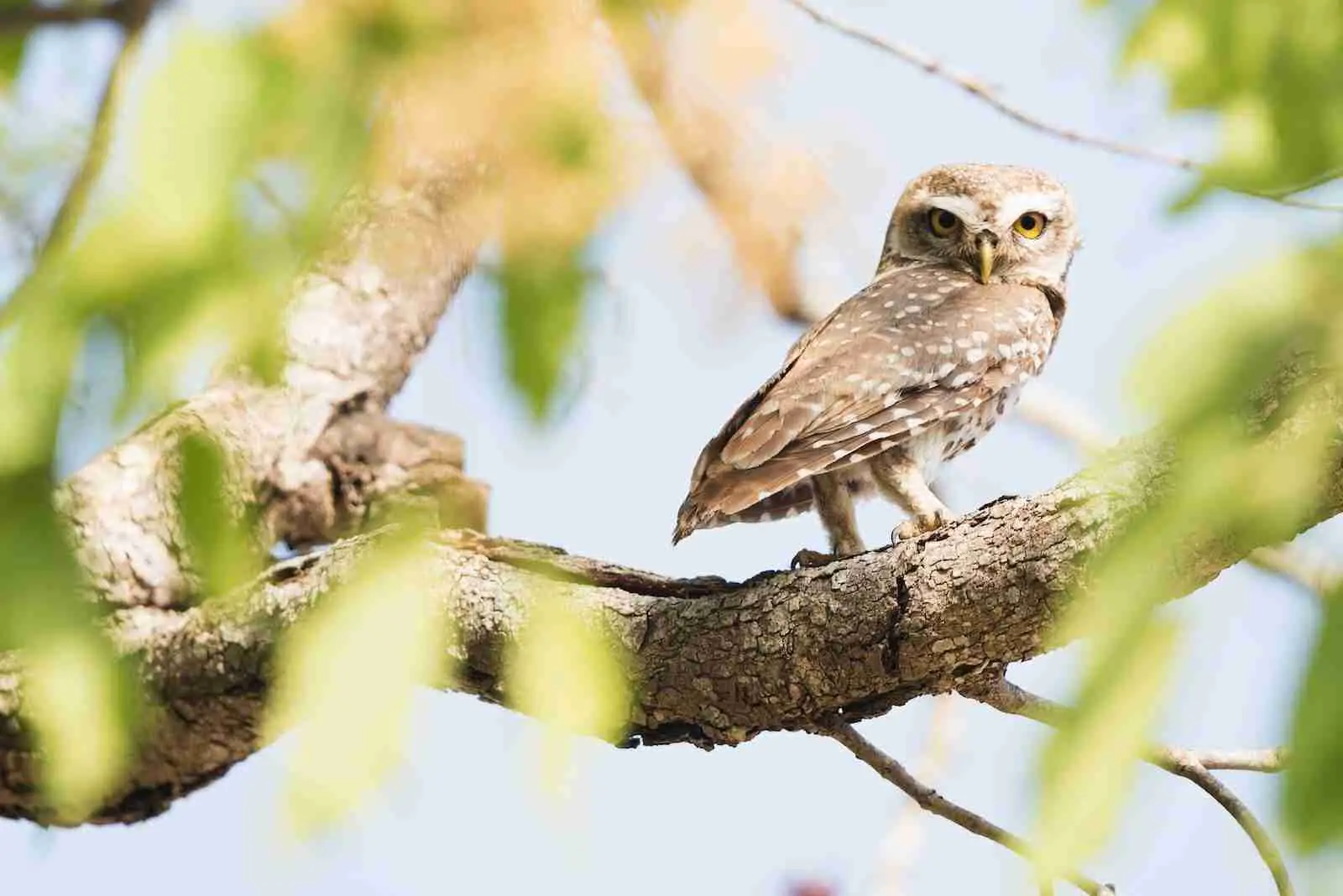Every bird lover has had the dream of bringing a wild owl into their home. But before you try to bring an owl home, you need to understand how to safely and responsibly catch one in the wild. It’s essential that any attempt at catching a wild owl is done with the utmost respect for both the bird and its environment.
Find an Appropriate Environment
Owls are typically found in wooded areas, such as forests or meadows. When looking for an appropriate place to find them, it’s important to consider the local environment and make sure that it’s suitable for owls. If there is too much human activity in the area, it may be difficult to locate a wild owl. Additionally, keep in mind that during certain times of year (such as mating season), some owls may be more active than others, so spending time outdoors during these times can help you find them more easily.
Approach Carefully
When you spot an owl in the wild, approach it carefully and cautiously. Owls are naturally skittish creatures, so sudden movements or loud noises can scare them away. Also, be aware of your posture; standing up straight will put off many owls due to their wariness of predators. Instead, get down on your hands and knees or crouch down low to make yourself appear less threatening.
Use Traps/Bait
This is a method of trapping birds without causing them stress or harm—it’s very important that no harm comes to any wildlife when trying to capture them! Bird traps should always be used with caution; they must be properly constructed so that they don’t injure the birds while they’re inside. Additionally, bait should only be used if absolutely necessary; using food items like seed or mealworms can attract owls but they should not be overused as this can disrupt their natural diet and habitat.
Conclusion:
Catching a wild owl is no easy task; it requires patience and respect for both nature and wildlife alike. Before attempting this feat, make sure you understand all of the safety precautions necessary for success—and remember that if something feels wrong or uncomfortable at any point during your journey, it’s best not to pursue capturing an owl from the wild.
How do you set up the trap?
There are a number of different methods for setting up traps to catch wild owls. One popular approach is to use bait, such as seed or mealworms, to attract the birds and entice them inside the trap. Another common method is to use bird traps that have been designed specifically for catching owls, which typically include features like enclosed spaces and perches for the birds. Before setting up any type of owl trap, it is important to take into account the local environment and ensure that no harm will come to the birds or their habitat.
How do you bait the trap?
When baiting the owl trap, it is important to use a food item that will appeal to the birds and entice them inside. Some common choices for owl bait include mealworms, seed, or other types of bird feed. It may also be helpful to do some research on your specific target species of owl; different owls may prefer different types of food, so finding the right bait can help increase your chances of success.
What Should I Do if I Get Attacked While Trying to Catch a Wild Owl?
If you find yourself facing an owl attack while attempting to catch a wild owl, remaining calm is crucial for surviving owl attacks. Try to protect your head and face by covering them with your arms and slowly backing away. Avoid making sudden movements or eye contact, as it may further agitate the bird. Seek medical assistance if you sustain any injuries.
What do you do once you’ve caught the owl?
Once you have successfully captured a wild owl, it is important to proceed with care and respect. Owls are potentially dangerous animals, so handling them should always be done carefully and appropriately. Some tips for safely interacting with a captured owl include keeping the bird calm, using appropriate tools or equipment if necessary (such as gloves or netting), and never handling the owl if you are not familiar with proper safety procedures. Additionally, it is important to work with a local wildlife or conservation organization to ensure that the captured owl is properly cared for and released back into its natural habitat as soon as possible.

An avid ornithologist, zoologist and biologist with an unwavering passion for birds and wild animals.
Dr. Wilson’s journey in ornithology began in childhood and led him to obtain a Ph.D. in Ornithology from the prestigious Avian Research Institute. He has worked closely with renowned experts in the field and conducted extensive research and field studies globally.

